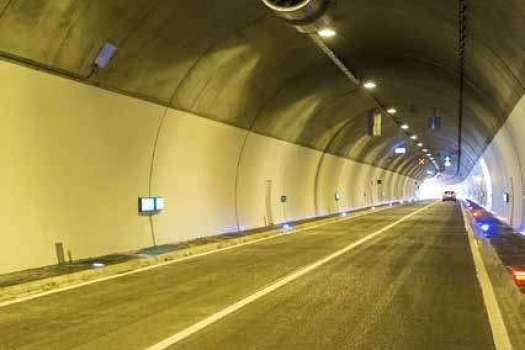Realizing a Centralized Monitoring and Management Solution for Expressways in China
Project Introduction
Expressways are critically important transportation infrastructure. Recently, local and national level governments have introduced advanced technologies to improve the efficiency of highway transportation systems and reduce congestion. For system integration vendors, highways with many subsystems present a complex challenge. Developing hardware and software products that deliver the types of systems required by customers often proves time and labor intensive.
System Requirements
The Langfang-Zhuozhou Expressway in Hebei Province, completed in 2008, has been in operation for more than 10 years. As a result, the functions of the existing system have long been unable to meet current application requirements and new regulations. Insufficient network bandwidth affects the performance of the system, the lack of a backup mechanism puts the network at high risk of interruption, manual fee collection leads to vehicles waiting in line to pay, and insufficient CCTV resolution makes it difficult to analyze traffic incidents. The management unit was eager to solve all these problems. The old system was decentralized and operated independently. This was not conducive to monitoring and management, and raised maintenance costs for the Langfang-Zhuozhou Expressway. The management unit decided to introduce high-resolution surveillance cameras, a contactless toll collection system, a Gigabit Ethernet system, and a traffic incident analysis system to build a new centralized monitoring and management operation model.
System Overview

The system integrator (SI) that undertook this project needed to develop various systems in response to the monitoring needs of different application fields: operation control centers, roads, tunnels, toll stations, and rest areas. It was necessary to purchase a variety of hardware and software. To complete the project quickly, the contractor decided to choose a single supplier to provide the required products, including the software development platform, servers, industrial computers, network switches, and serial device servers. Doing so reduced integration complexity and allowed the SI to focus on meeting client-side application requirements. In this case, Advantech's one-stop solution was composed of the WISE-PaaS Industrial IoT cloud platform, HPC-7442 server-grade hardware platform, IPC-610 rugged industrial computer, EKI-9728 L3 managed switch, EKI-7710 managed Ethernet switch, and the EKI-1524 four-port serial device server. This solution met the diverse and complicated application needs of the project. On the software side, the SI needed to develop five sets of management systems for the traffic control center and tunnels along the Langfang-Zhuozhou Expressway. At the same time, they integrated existing systems to build a unified management and monitoring platform. WISE-PaaS allowed the developers to easily import device information and collect data in the system. Advantech provided a dashboard that helped designers visualize data and monitor the network equipment and connections of each port, making field equipment maintenance very convenient.
Conclusion
Advantech's comprehensive product line allows system integrators to select products tailored to individual projects. Integrators enjoy a one-stop solution that reduces integration risks, saves development costs, and speeds up hardware and software configuration.

